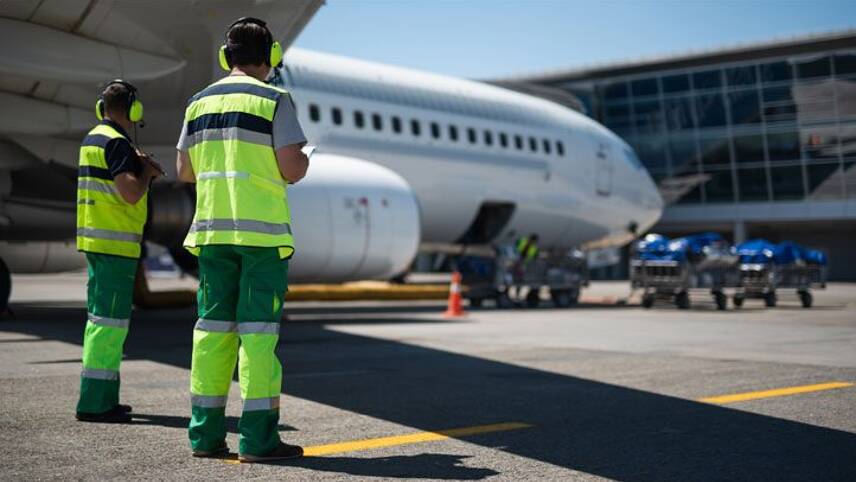Register for free and continue reading
Join our growing army of changemakers and get unlimited access to our premium content

Covid-19 aside
The move came at the Association’s annual general meeting in Boston on Monday (4 October), in the wake of the recent report on physical climate impacts from the Intergovernmental Panel on Climate Change (IPCC).
The resolution, the Association claims, is aligned with the Paris Agreement’s 1.5C goal. The IPCC has stated that humanity will have the best possible chance of keeping to a 1.5C temperature pathway by halving global emissions by 2030 and bringing them to net-zero by mid-century at the latest.
IATA’s director-general Willie Walsh addressed the meeting to explain that it has explored several scenarios for meeting net-zero by 2050, each with varying levels of low-carbon technologies and differing timelines for their introduction.
The Association’s preferred scenario, Walsh said, will see 65% of the emissions which would be generated by the sector on a business-as-usual trajectory in 2050 addressed with SAFs.
Walsh added: “We would expect new propulsion technology, such as hydrogen, to take care of another 13%. And efficiency improvements will account for a further 3%. The remainder could be dealt with through carbon capture and storage (11%) and offsets (8%).”
Green groups had notably criticised the plans of the UK-based trade body the Sustainable Aviation Coalition for relying too heavily on SAFs, given that they accounted for less than 1% of global fuel consumption in the sector last year. Nonetheless, this plan heavily influenced the UK Government’s Transport Decarbonisation Plan, which sets a 2040 net-zero target for domestic flights and for airports, and a 2050 net-zero target for international flights.
SAFs are popular with businesses as they are a “drop-in” solution – blends of up to 50% can be used without the need to upgrade aircraft. Moreover, depending on the variety, their life-cycle carbon footprint can be up to 80% lower than traditional jet fuel.
IATA is estimating that SAF could meet 2% of global demand by 2025, rising to 5.2% by 2030. It expects exponential growth in the sector thereafter.
Notably absent from IATA’s plans are any scenarios in which global passenger numbers decline. Walsh said: “Limiting flying with retrograde and punitive taxes would stifle investment and could limit flying to the wealthy. And we have never seen an environment tax actually fund carbon-reducing activities. Incentives are the proven way forward. They solve the problem, create jobs and grow prosperity.”
Also included in the Association’s resolution is a reaffirmation of its commitment to the Carbon Offsetting and Reduction Scheme for International Aviation (CORSIA). This UN-backed scheme intends to ensure that emissions from aviation, globally, do not surpass 2019 levels in the future. But it has received much criticism, due to the multitude of issues with existing voluntary carbon markets for offsetting.
A recent report from Boston Consulting Group (BCG) concluded that the aviation sector’s share of global annual emissions could grow from 3% at present to 20% by 2050, on a business-as-usual trajectory. BCG, like IATA, is not advocating for growth to be capped. Its SAF forecasts are bold, but account for a minimum of 10% of emissions for the sector by 2050 – a far more conservative estimate.
Sarah George


Please login or Register to leave a comment.